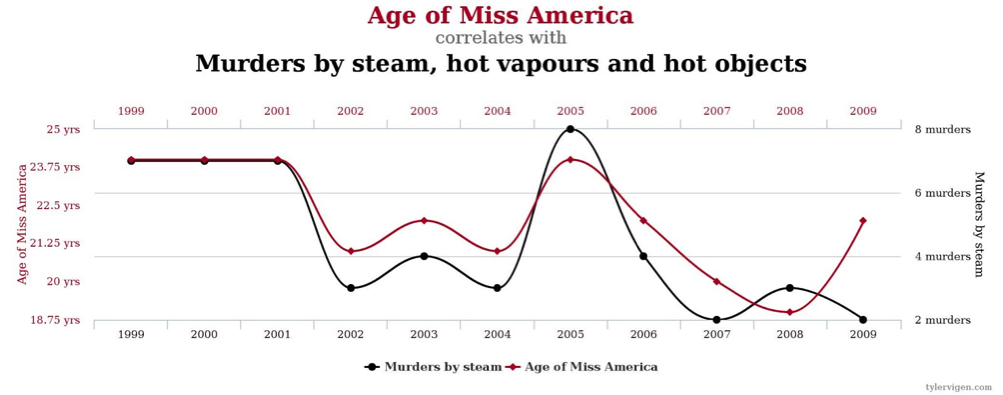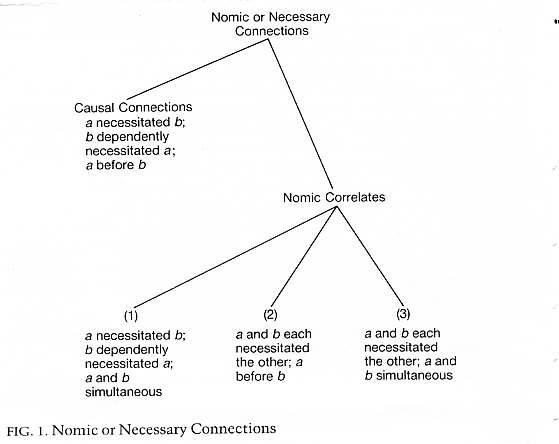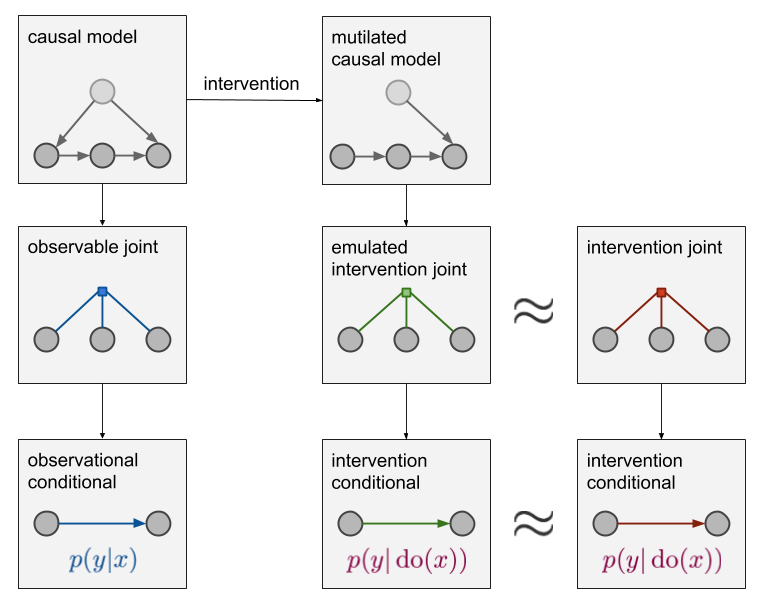
We often talk about “preventing death” from various causes we cannot, of course, prevent death. Thus, when thinking about causes of disease in this way, a preventive factor is one that either prevents disease altogether or delays disease onset for some length of time. We consider a disease “caused” once it begins. We have no idea and no way of ever knowing, given current technologies, how many such causes are “enough” possibly, it is different for each person. Once a person accumulates enough causes (their jar is full), their disease begins. Conversely, every bout of physical activity and every pregnancy (both associated with reduced risks of breast cancer) take a bit out. So every alcoholic drink adds a bit to the jar, as does any use of hormonal birth control, since these are associated with an increased risk of breast cancer.

Then as I move through life, the fullness of my jar changes as I encounter detrimental and protective exposures. Using breast cancer as an example, the size of my “breast cancer jar” is determined by my genetics, the intrauterine environment in which I was a fetus (including anything my mother might have been exposed to while pregnant), my family’s situation while I was growing up (including the laws and regulations that applied where we lived), and my (genetically determined) age at menarche and menopause.

#Causality vs causation full#
In this model, the disease in question would begin when the jar is full to the top. As the person moves through life, they encounter adverse exposures that add liquid to the jar conversely, they can encounter protective exposures that drain liquid back out from the bottom spigot. For example, someone with a high genetic risk of a certain disease starts with a smaller jar than someone without those genes. Nonmodifiable characteristics of the person-genetics, family socioeconomic status while the person is young, and so on-determine the size of each jar (one for each disease) with which one starts. Though these models differ in their details, they share numerous common ideas in addition to multicausality, which is discussed below. “causal pies”), i the social-ecologic model, ii and as the web of causation, iii among others. Various authors have described this basic concept with theoretical models: the sufficient component cause model (a.k.a. That is, there is no one specific cause per se but rather a multitude of factors that work in concert to cause a disease to begin. It is now a well-established idea that any given case of disease in a human is multifactorial.


First, however, I will summarize various ways of thinking about causes of disease in humans, and then in the second half of the chapter, I will discuss how these causal theories apply to the epidemiologic literature specifically. Randomized trials are occasionally an exception, and I discuss this further below. I have mentioned in previous chapters that it is difficult to use epidemiologic studies to “prove” that an exposure/disease association is causal. Apply epidemiologic causal thinking to common exposure/disease problems.Explain how causal thinking plays a role in the epidemiology research process.Discuss the 3 tenets of human disease causality.After reading this chapter, you will be able to do the following:


 0 kommentar(er)
0 kommentar(er)
